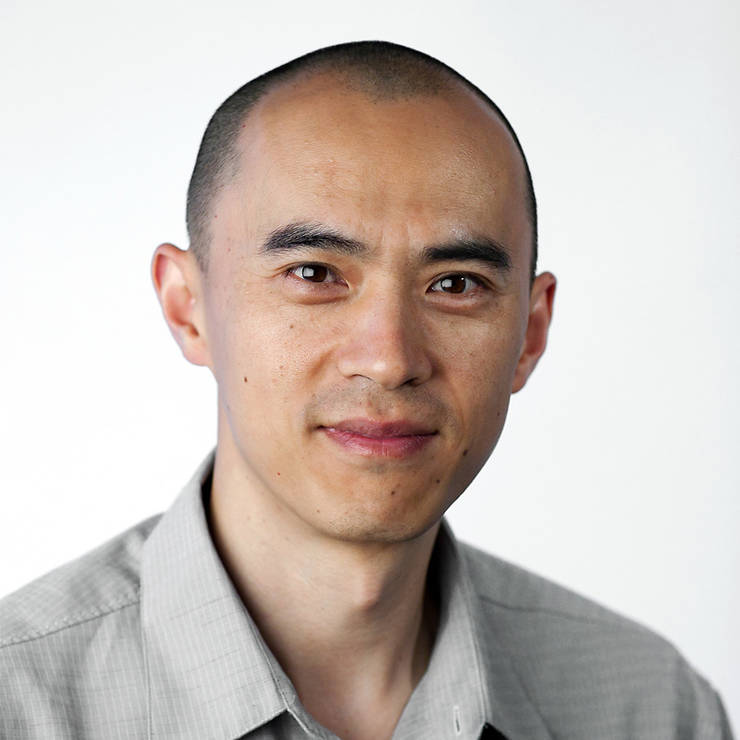Space Telescope Programs
Below we highlight some of our Roman, Hubble, and JWST programs, along with related publications and collaborations.
Hubble Space Telescope Programs
- Confirming Strong Galaxy Gravitational Lenses in the DESI Legacy Imaging Surveys (GO-15867; PI:Huang). For more details, see Lens Search.
- Confirming Spectroscopic Strong Lenses Found in New Discovery Windows from DESI DR1 (GO 18085, PI: Huang). For more details, see Lens Search.
- Finding Low Halo Mass Strong Lenses in HST Archive (AR-18151; PI: Huang). For more details, see JWST simulatoins
In addition, we lead or participate in the follow Hubble programs:
- Confirming Spectroscopic Strong Lens Candidates from the DESI One-Percent Survey (GO-17735, PI: Bolton)
- An Automated Pipeline for Modeling of Strong Gravi- tational Lenses Observed by HST (AR-17863, PI: Storfer)
- Dark matter, the Hubble tension, and the stellar IMF from HST imaging of quadruply imaged quasars (GO-17916, PI: Treu)
- LensWatch: Time Delay Measurement of a Multiply-Imaged Supernova (GO-16264, PI: Rodney, Pierel)
- Requiem's Return: Precision cosmology from a decade-delayed, strongly-lensed supernova and its new sibling (HST GO-18069, PI: Pierel)
JWST Programs
Our group also participates in JWST programs, including follow-up of strongly lensed supernovae.
- Lensed Supernova Encore at z=2! The First Galaxy to Host Two Multiply-Imaged Supernovae (JWST GO-6549, PI: Pierel)
- Imaging and Spectroscopy of Three Highly Magnified Images of a Supernova at z=1.5 (JWST GO-2767, PI: Kelly)
Roman Space Telescope GO Program
We are part of the following two Roman Space Telescope ROSES Programs:
